|
*Repost from 2018* Hold onto your seat as we explore all the Smilaxes of Ohio to be able to identify this particular species Smilax - genus of greenbriar, catbriars, sasparilla (let's call the whole thing off).
It always amazes me when out of nowhere I see a 'new' plant on familiar trails. I'm sure it's been there all along, sometimes the eyes just seek the familiar and block out the unknown. On this sunny snowy day I found a short, kind of stubby gathering of green in the woods. Recently I became aware of the unique parallel veining in the smilax leaves, so noting that on this plant I did a happy dance (I tend to do that when identifying new species to me in the wild)! When arriving home to put a name to the plant I became overwhelmed, much like the goldenrods and asters, there's many many many different species - 20 native to north america, 300+ to the tropics & subtropics worldwide -oof! Through the various species the shape, growth, flowers, and berries vary so significantly it's hard to believe they're related so (but then again we all have family members like that right?). But for today, let's narrow down this seemingly evergreen variety shown here with its very bristly vine/stalk/stem. USDA has 26 defined native Smilax species (check out the location maps here). Out of those 26, 9 are marked as found in Ohio: Smilax bona-nox saw greenbrier - prickly vine with smooth upper stems, triangular/ovate leaves, very prickly lower leaves Smilax ecirrhata upright carrionflower - smooth herbaceous central stem growing 1 - 3' tall. Smilax glauca cat greenbrier - Iiana (new term to me) meaning it is a woody plant with vine-like growth form (woody but can't support itself). Has a simple leaf blade with one leaf per node along the stem. No teeth on lobes. Bristly spine. (looking like a match) BUT leaves drop off in the winter. Smilax herbacea smooth carrionflower - viny but smooth stem - cool clusters of green flowers that smell like carrion - pollinated mainly by flies - round clumps of round blue/purple fruits then grow. Smilax illinoensis Illinois greenbrier - qualities are that of a possible hybridization of the upright carrion flower and the smooth carrion flower (still not the drones we are looking for (anyone else find these quips amusing? I do :) )) Smilax lasioneura Blue Ridge carrionflower - Threatened species in Ohio - has tendrils where the other carrionflowers don't. Smilax pulverulenta downy carrionflower - Endangered species in Ohio - absent prickles Smilax rotundifolia roundleaf greenbrier - tendency to become quite weedy in the northeast (can create vines up to 20 ft) leaf shape and veining are correct but the vine has thorns instead of bristles. Smilax tamnoides bristly greenbrier - Woody vine growing to 10 - 20 ft long. Ovate leaves with parallel veining. Stems covered in stiff bristles. ***We have our winner*** The Smilax genus is divided into two similar but separate groups - woody vines with thorns and herbaceous vines/shrubs with no spines. The bristly greenbrier is a good example of the first group (woody vine with thorns). The various carrion flowers are good examples of the second (herbaceous with no thorns) Totally unintentional having the winning species be the very last on the list but it makes for a good read through!
0 Comments
The End Four studies, started in January, are now complete, finished, finalized. December swooped in like the Cooper's hawk that monitors the yard, now here we are, mid December and all my projects are -technically- wrapping up nicely, but it just doesn't feel like the end. I keep telling myself Christmas is just a few days away, the New Year peeks around the corner saying "Just over 2 weeks!", but I'm just not here yet. Something's missing but I don't know what. Snow perhaps. I think it's time to take a lesson from our animal friends and hunker down, take stock, and use this time to rest! The Future I don't know what next year will hold for us, Through The Woods, but my intentions are to put together some fun programs, events, and opportunities for all of you.
But for now, looking back over 2019. 2019 One Year StudiesClick on each image to be re-directed
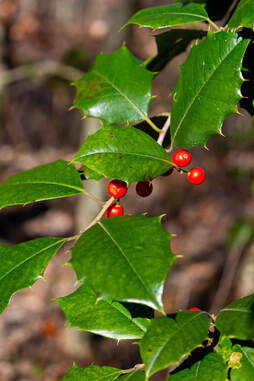 Tis the season to - deck the halls with boughs of holly (fa la la la la la la la la la) But why holly? What is holly? Ilex opaca (American Holly) Leathery evergreen leaves, 2-4 inches long and 1-2 inches wide, with a sharp-pointed tip and spiny-toothed margins (occasionally smooth). Growing up to 50 ft tall, this slow growing, shade tolerant tree has thin, gray, warty bark. Branches forming a pyramidal crown. Light green/greenish white flowers. If both the male and female trees are present, the flowers will produce the bright red berries that adorn so many living rooms this time of year. American Holly is native to the eastern/south eastern US. There are many different varieties of holly (ie winterberry, possumhaw, even Yerba mate - Ilex paraguariensis) as well as different cultivars of each species. The very similar looking English Holly (Ilex aquifolium) has become a noxious species along the West Coast of the US but doesn't seem to be able to grow well in the Eastern States. Uses The wood has been used for many, many, different things throughout history: inlays in cabinetwork, carvings, rulers, handles. The berries were used by the Native Americans for buttons and to barter. Holly is toxic to humans but birds and woodland mammals enjoy the bitter berries. Lore Holly is rich with symbolism Romans would send boughs of holly and gifts to their friends during Saturnalia*. In Britain, people decorated their homes with holly in the winter to invite sylvan spirits to shelter there. Christian legend says that holly sprang from the footsteps of Jesus, its thorns and red berries representing his suffering and blood. Symbolism in heraldry, holly represents truth. NeoPagan lore, the Holly King rules the dark half of the year (from the autumn to spring equinox) being strongest at midwinter, his counterpart and adversary the Oak King is the inverse. The Druids regarded holly as a symbol of fertility and eternal life, thought to have magical powers. Cutting down a holly tree would bring bad luck but hanging the plant in homes was believed to bring good luck and protection. Holly is also believed to protect homes against lightning strikes. *Saturnalia: Ancient Roman holiday to celebrate the God Saturn, held December 17-23rd. The holiday was celebrated with a sacrifice at the Temple of Saturn and a public banquet, followed by gift-giving, continual partying, and a carnival-like atmosphere that overturned Roman social norms: gambling was permitted, social status was equal, gag gifts or small figurines were given. The poet Catullus called it "the best of days". The American Crow, one of the smartest, most adaptable birds, has learned to make man's world his own.
They can be found everywhere from corn fields, open beaches, to town centers and forests. Their diet consists of earthworms, insects, small animals, seeds, and fruit. They have also been known to eat garbage, carrion, and chicks they rob from nests. In flight they have a unique style of consistent, even flapping, very rarely gliding (this can help to differentiate between crows and turkey vultures). Although a crow family maintains their territory (all living and foraging together), during much of the year individual crows will spend part of the day with their family and the other part out with large flocks of other crows at dumps and agricultural fields. They have been known to make and use tools - using a cup to gather water and carry it over to a bowl of dry mash - shaping a piece of wood then sticking it into a hole in a fence post to search for food. Crafty as foragers they'll work with (or against) other animals to get what they want - distracting an otter to steal its fish - following Mergansers to catch minnows the ducks were chasing into the shallows. The crow in folklore. The crow knows it's the smartest of birds and embraces this knowledge to the fullest. It is said it is so smart it has chose to stay a crow rather than move on to some other area of evolution. Being able to outsmart most birds, animals, and even humans, it is the master of its world. Black is the color of creation, night gives birth to a new day, the crow reminds us that magic and creation are potentials very much alive during the day. Wherever crows are there is magic, symbols of creation and spiritual strength reminding us to look for opportunities to create and manifest the magic of life. They are messengers calling to us about the creation and magic that is alive within our world everyday and is always available. The White-breasted Nuthatch is the largest of all the North American nuthatches. These birds can often be found at feeders where large seeds and nuts (sunflowers and peanuts) are provided otherwise they can be found in mature woods and at woodland edges where nut trees are found.
Their name comes from their habit of wedging large nuts and acorns into tree bark, then using their sharp bill to split (hatch) the seed from the inside. Often you will find them accompanying flocks of titmice and chickadees at feeders, generally grabbing one seed at a time. If you watch closely as they creep along tree trunks and main branches, you can see them hide seeds for later. |
AboutSince 2015 we have been exploring and sharing all the amazing things we’ve found in nature. AuthorEmily is an Ohio Certified Volunteer Naturalist who is most often found out in the woods. Archives
June 2024
Categories
All
|
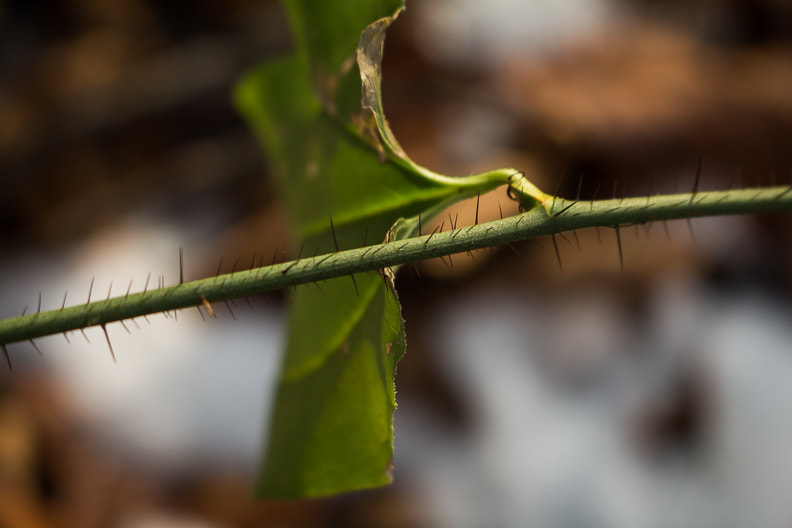
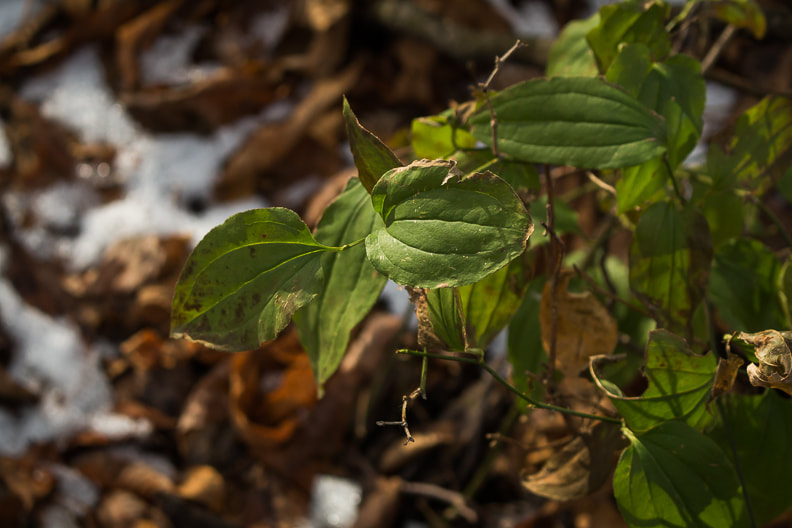
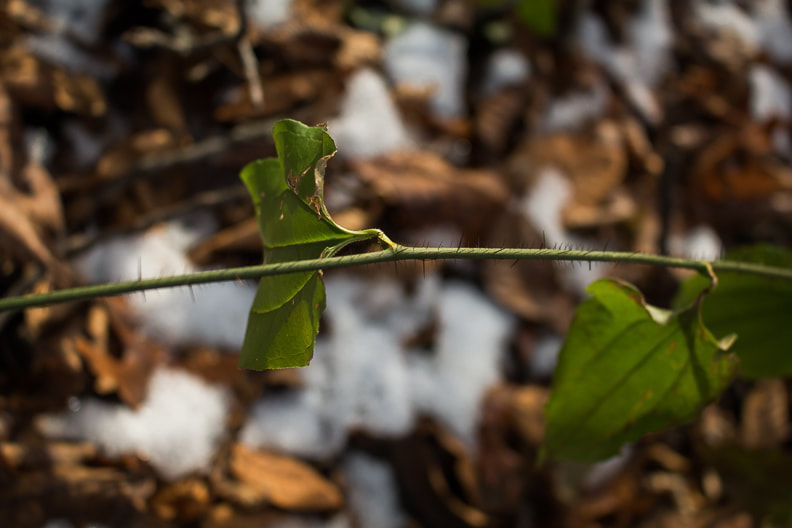
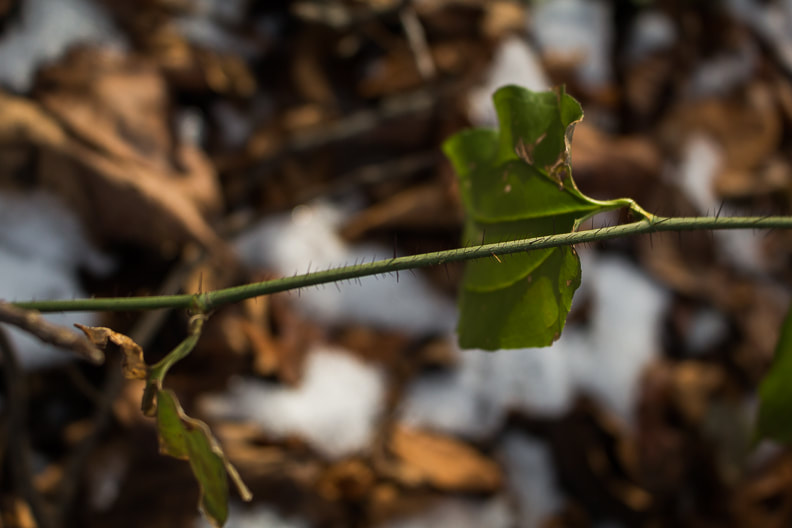
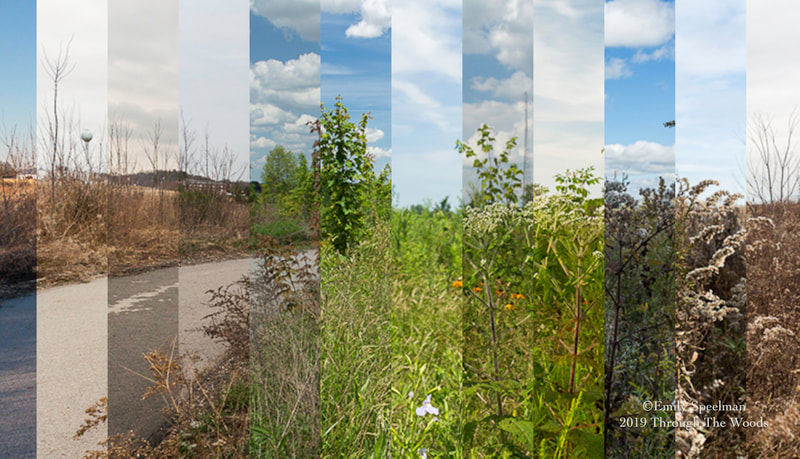
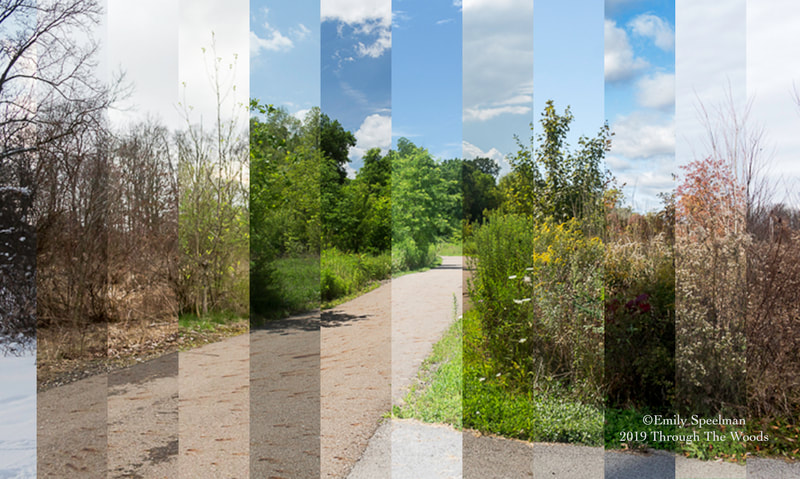
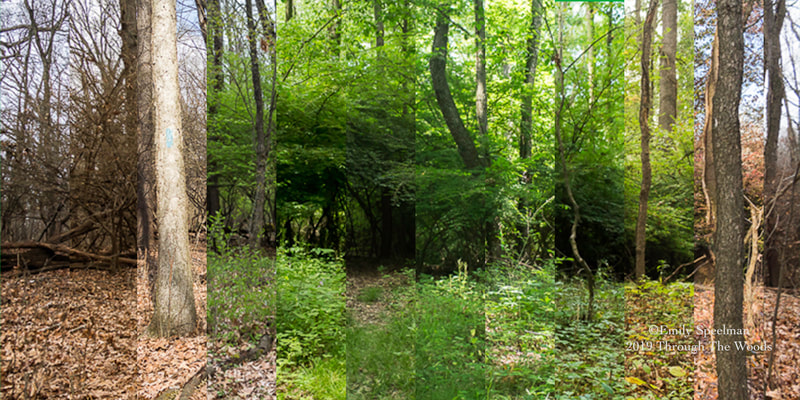
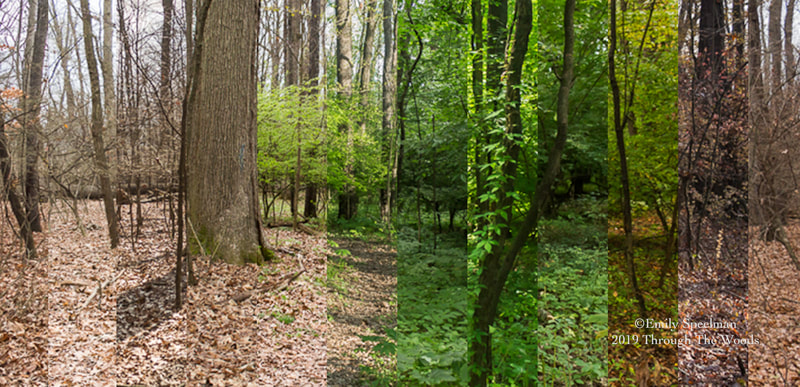
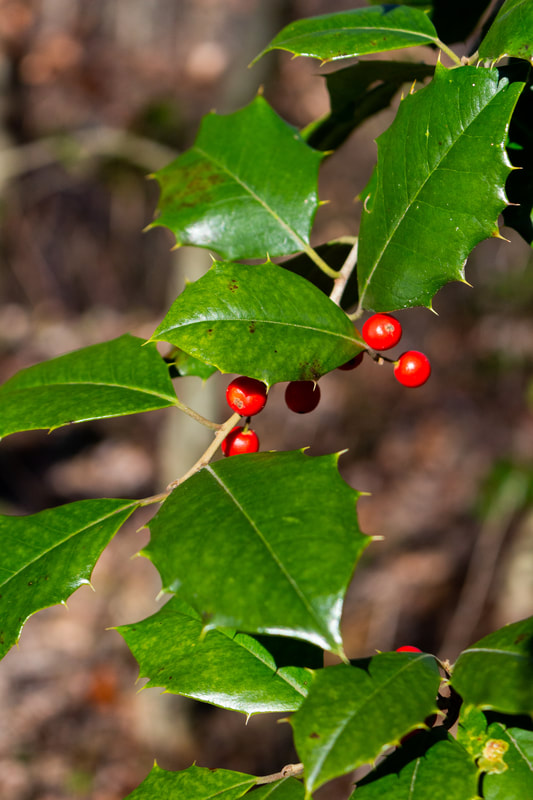
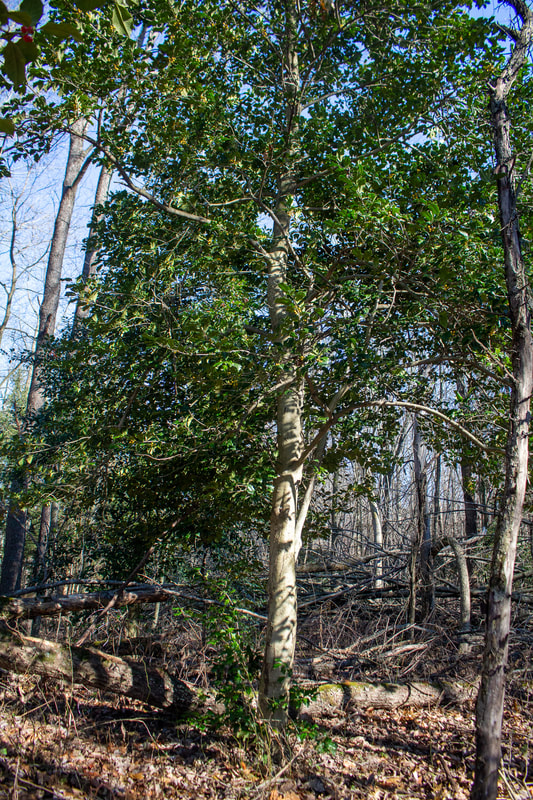
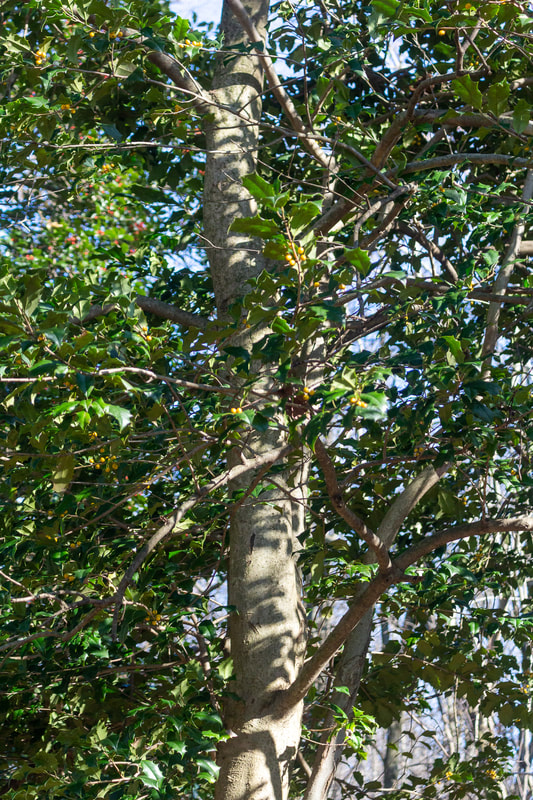
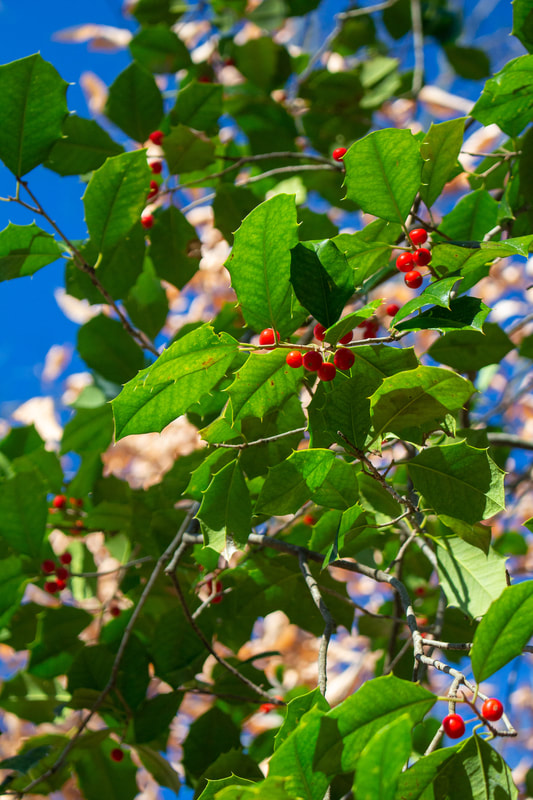
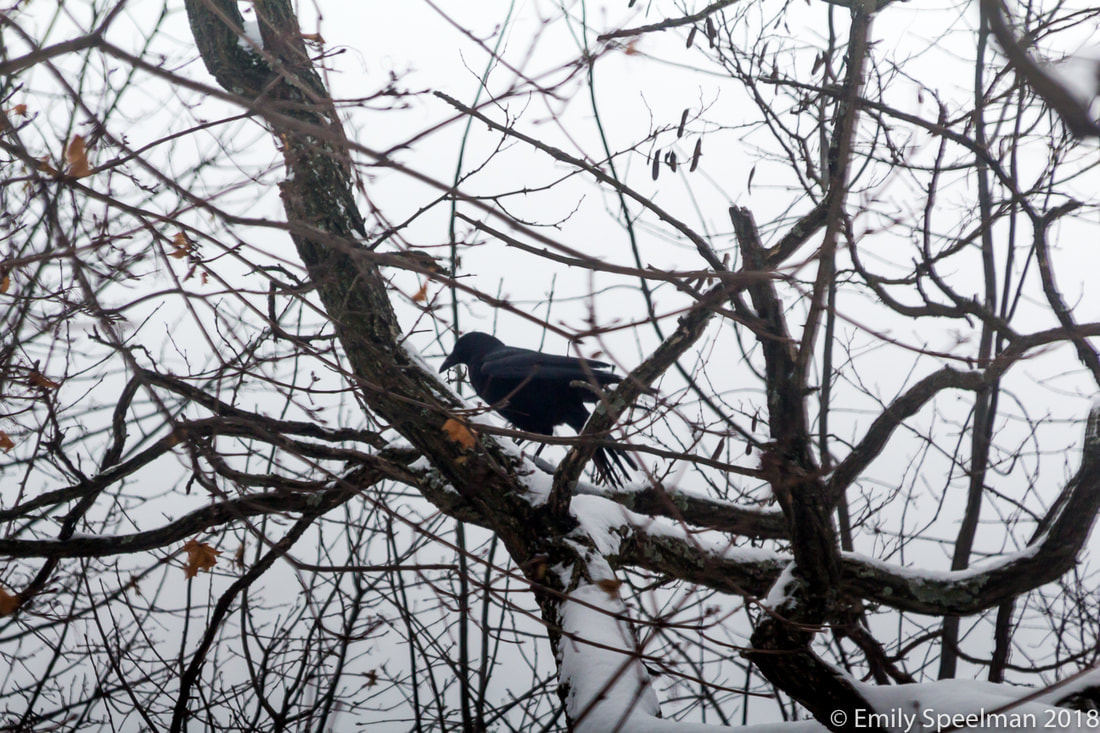
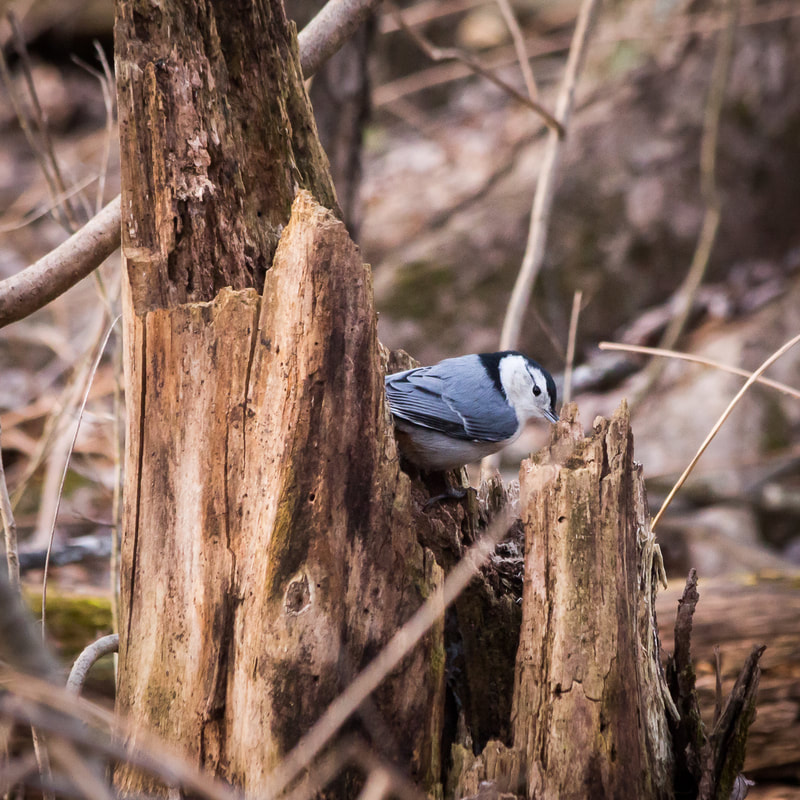
 RSS Feed
RSS Feed